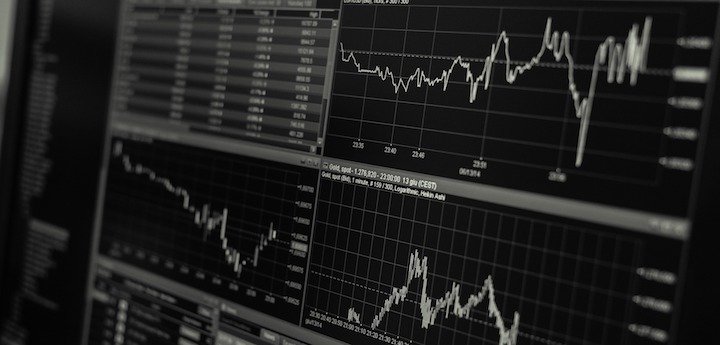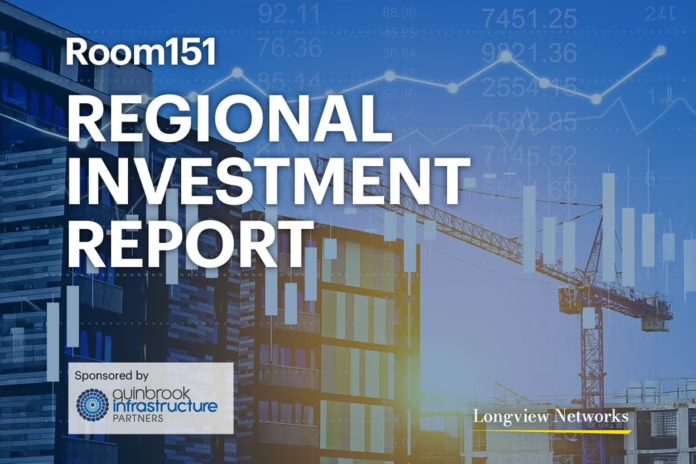Local Government Pension Scheme (LGPS) funds produced an average 21.4% return on their investments last year, with three quarters outperforming their benchmarks.
The strong returns, revealed in the LGPS annual report for 2017, are up markedly on the average of zero percent reported last year.
This increase helped the scheme deliver a positive cashflow of £11.4bn during the year, compared to a deficit of £10.9bn last year.
The report said the investment return achieved by the fund was “ahead of the 30-year average of 8.7% per annum and well ahead of actuarial assumptions which are currently estimating around 5% per annum”.
Total assets held by the LGPS increased to £263bn during 2017, a rise of 22%.
LGPS assets were invested in pooled investment vehicles (52%), public equities (32%), bonds (7%), direct property (3%), other asset classes (6%).
Despite the fall in the value of sterling, UK equities returned 21% for the year, with large companies outperforming their smaller peers, the report said.
The report said: “Whilst initially counterintuitive, this reflects the importance of large overseas earnings of many of the UK quoted companies.”
Overseas returns were even better, with returns of around 35% from US, Japanese and Pacific Rim investments. Emerging markets produced 33% over the 12 months, with European investments returning 27%.
However, the report did not provide good news for active managers.
It said: “Many active equity managers struggled to add value in the peculiar market conditions with the majority of global equity managers employed across the LGPS underperforming, and some quite significantly.”
Managers who adopted an approach focused more on dividends, tended to perform better, the report found.
The LGPS as a whole retains a high commitment to active management, with the average fund having just under a quarter of assets managed passively.
The report said: “Whilst the weighting in passive has been increasing it has been doing so very slowly — ten years ago the average fund’s passive exposure was already 20%.
“The increased focus on cost reduction may promote a further move towards index-tracking, however, this may be balanced by the asset allocation decisions being made, with funds continuing to increase exposure to assets for which there is no passive alternative.”
The total membership of the LGPS grew by 394,000 (6.9%) to 5.6m members in 2017 from 5.3m in 2016.
The total number of LGPS employers in 2017 was over 14,000, compared with 12,915 for 2016.
Speaking at the Pensions and Lifetimes Savings Association local authority conference earlier this week, councillor Roger Phillips, chair of the LGPS Advisory Board, which writes the report, said: “It is incredible to think that five years ago we didn’t have an annual report. Each year the information is getting fuller and better and therefore absolutely essential to the integrity of our scheme.”
He added the report represented evidence that the LGPS needed to “defend” its “integrity” against critics.












